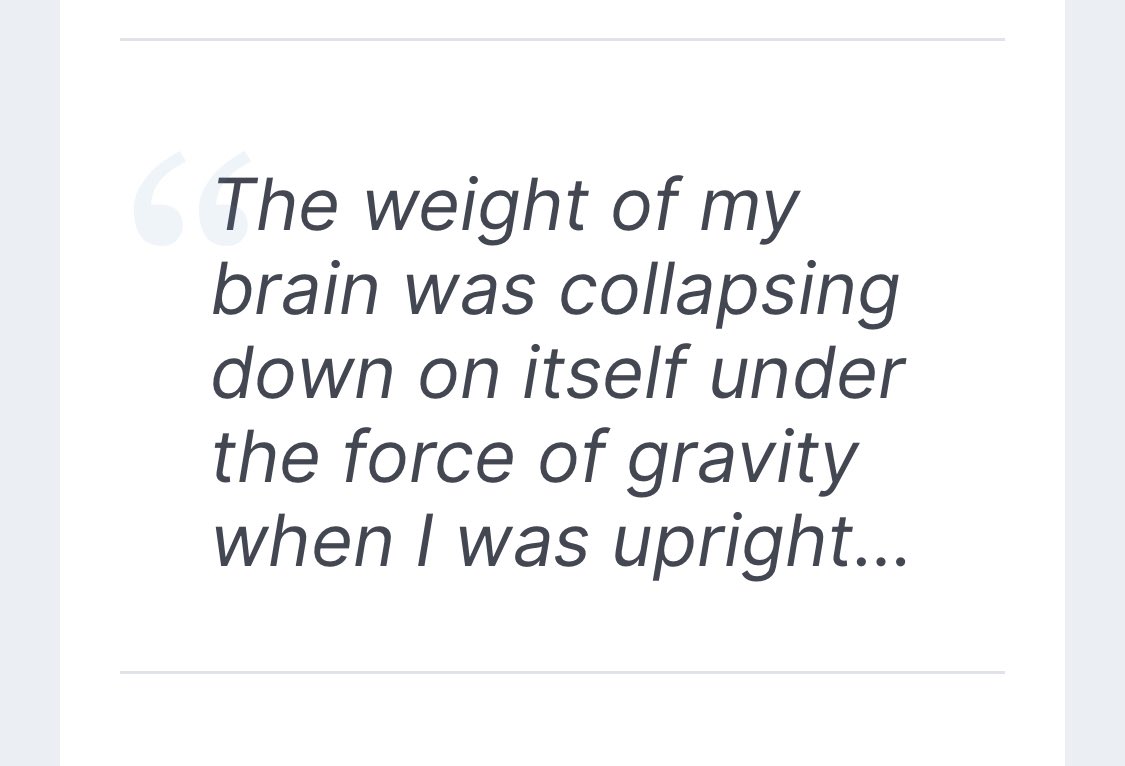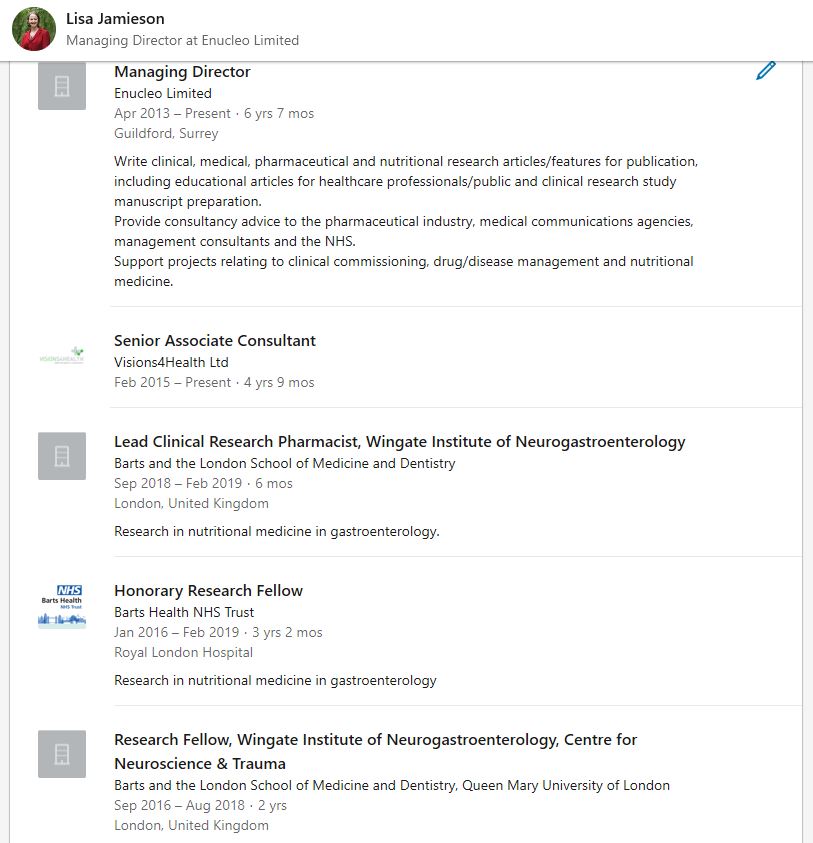
What is a spontaneous spinal CSF leak?
It’s so much more than a headache. It’s extremely debilitating.
When I experienced a CSF leak in 2014, I had to lie down all day every day for several months.
#leakweek2022 #csfleak #spinalCSFleak #SIH #headache
csfleak.uk/living-with-th…
It’s so much more than a headache. It’s extremely debilitating.
When I experienced a CSF leak in 2014, I had to lie down all day every day for several months.
#leakweek2022 #csfleak #spinalCSFleak #SIH #headache
csfleak.uk/living-with-th…

Sometimes people are wrongly diagnosed with postural orthostatic tachycardia syndrome #POTS when it’s actually a spinal CSF leak.
I gave a short talk at the PoTS UK London Masterclass in December 2019
#leakweek2022 #CSFleak #spinalCSFleak #SIH #headache
I gave a short talk at the PoTS UK London Masterclass in December 2019
#leakweek2022 #CSFleak #spinalCSFleak #SIH #headache
I was interviewed for the National Migraine Centre HeadsUp Podcast about my experiences with a spontaneous spinal CSF leak (Series 2, Ep 6) to help educate healthcare professionals & patients
Sometimes a #CSFleak is misdiagnosed as chronic #migraine
#headache #SIH #leakweek2022
Sometimes a #CSFleak is misdiagnosed as chronic #migraine
#headache #SIH #leakweek2022
https://twitter.com/NatMigraineCtr/status/1244521546347163648
When I was bedridden for 3 months in 2014, I developed several hypotheses. I decided to experiment on myself with dietary changes and nutrient supplements. The results were astounding!
#leakweek2022 #CSFleak #SIH #spinalCSFleak #headache #nutrition
#leakweek2022 #CSFleak #SIH #spinalCSFleak #headache #nutrition
https://twitter.com/loveinyourtummy/status/1250021033970630657
• • •
Missing some Tweet in this thread? You can try to
force a refresh










